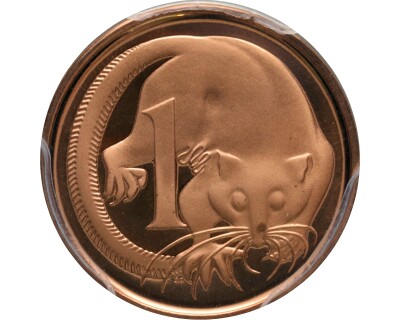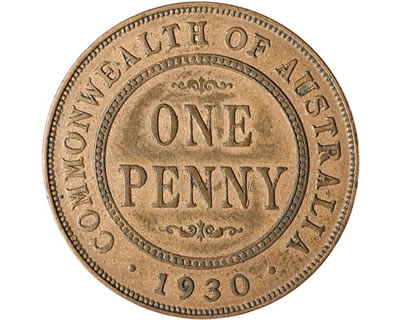Valuing Old Coins
Grading your coin
All of these examples were coins that have already been certified by PCGS, if your coin is uncertified, or raw as it's called in the industry, then it'll need to be graded before valuing it. The easiest way to do this is to send it to PCGS or NGC for an expert, third-party grading after which you can readily value it through NumisTip as above, but this can be costly and is not always worth it. In general, when valuing coins, you want to first self-grade it to get an estimate of its value, then if its worth something, send it to PCGS/NGC to confirm its grade and then it's ready to be sold.
The numerical grading system ranges from 1-70. If a coin is a proof or specimen then this grade will be preceded by PR or SP respectively. Otherwise the coin will get the following prefixes:
| Prefix | Numerical Grade |
|---|---|
| PO | 1 |
| FR | 2 |
| AG | 3 |
| GO | 4, 6 |
| VG | 8, 10 |
| F | 12, 15 |
| VF | 20, 25, 30, 35 |
| XF | 40, 45 |
| AU | 50, 53, 55, 58 |
| MS | 60-70 |
You will note that there are gaps in these ranges, not every number is actually used. These can be split up into three ranges, circulated coins from 1-35, lightly circulated coins which grade from 40 to 58 and mint state coins from 60 to 70. While the aim of grading is to measure how closely a coin is to its original minted condition, and how well it was produced, the way this is best determined differs depending on which of these grade ranges it falls into.









